Why do grape leaves turn yellow and what to do?
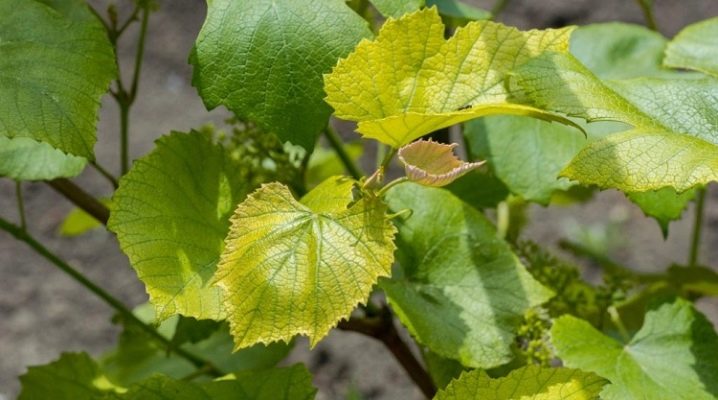
One of the most common fruit plants is grapes. On the territory of Russia, it can be found in regions with both warm and cold climates. Its fruits are used not only for making wine.
It is a flavorful ingredient for popular dishes and treats. Berries are rich in essential oils, fiber, amino acids and beneficial trace elements. Gardeners are often faced with the problem of yellowing of grape leaves. As a result, not only the condition of the green mass deteriorates, but also the yield decreases.

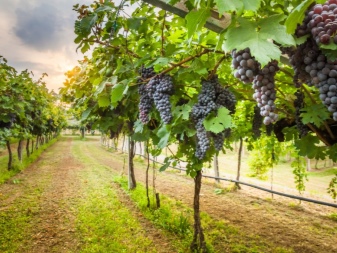
Improper care
If the leaves of the grapes turn yellow and dry, there may be several problems. Inexperienced summer residents often violate the care procedure. A decrease in the viability of a plant occurs not only due to diseases or attacks from pests. Plants can be damaged due to lack or excessive amounts of nutrients. If the grapes are deficient in nitrogen, foliage begins to die off at the base, and fruiting worsens. If the leaves lose their attractive shape and begin to bend outward, then the plant does not have enough potassium. The presence of dark streaks indicates a phosphorus deficiency.
Also, the vineyard needs to be periodically fed with the following components:
- sulfur;
- boron;
- zinc;
- magnesium;
- molybdenum.
It is not difficult to correct the situation - it is enough just to feed the plant with the necessary fertilizers. Both organic and complex formulations are used. Superphosphate is widespread, which is introduced with a lack of phosphorus, and if you need to help the grapes grow green mass, then use ammonium nitrate, bird droppings or mullein solution. These substances are rich in nitrogen.
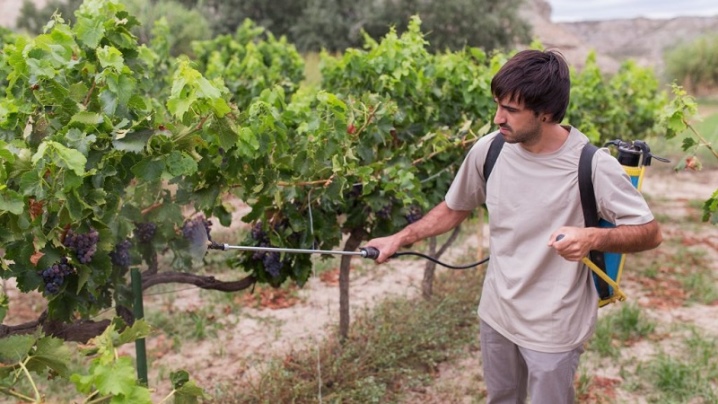
An obligatory component of care is regular watering. Water has a whole range of functions. It takes an important part in the process of photosynthesis, cools plants in heat and delivers nutrients to plant cells. Some summer residents mistakenly believe that frequent watering is necessary for fruit crops, but excessive moisture will only cause root rot. Water the grapes about once for 1-2 weeks. With the onset of hot summer, irrigation is carried out more often. Also, the regularity will depend on the characteristics of each grade and the structure of the soil. In arid regions, the soil is regularly loosened and covered with a layer of mulch to maintain a comfortable moisture level.
To obtain a rich and high-quality harvest, you need to choose the right site for growing. It is advisable to plant young seedlings in black soil with a rich humus content. If there is only a choice between sandy and stony soil, additional substances are introduced into the soil. A portion of humus is sent to the planting hole. When grown in depleted soil, the leaves may begin to turn yellow. The land around the plants must be constantly loosened so that they do not lack oxygen, and the water quickly reaches the roots. They dig up the ground carefully, the main thing is not to harm the roots, especially when they are located close to the surface. If the work is done inaccurately, the growth of young plants slows down, and the leaves dry out and fall off. Also, the root system can be affected by rodents or a bear. This is a dangerous and large insect that attacks the underground part of the plant.
If symptoms of root damage have been noticed, you need to treat the vineyard with antiseptics or water with a manganese solution. During the healing period, reduce irrigation to avoid decay.
You can also dig up a shrub, remove damaged roots, and treat the healthy part with an anti-fungus compound.
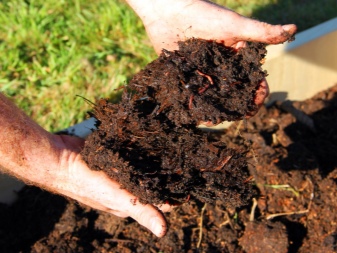
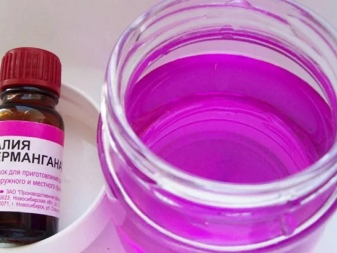
Pest control
Fruit crops often suffer from pests. They not only take the juices from the plant, but also cause damage. Waste products that remain from slugs on the surface of the leaves interfere with biological processes. Spider mites often attack grapes. You can identify the pest by the presence of a fine mesh. Aphids can be found on the back of the foliage. The larvae penetrate the leaves, deforming them. Sometimes aphids can be found on the roots, causing them to rot and crack. The marble beetle attacks plants gradually. At first after appearance, it is not so dangerous, but over time it is able to exterminate young seedlings and damage the roots.
Fruits, leaves and buds are damaged by a leafworm. To deal with this pest, you will need insecticides such as Akarin. You can also use special protective drugs designed to combat a specific pest. If it is not possible to often visit the vineyard and monitor the activity of insects, the plants should be treated according to the following scheme in the process of developing a fruit crop:
- green cone processing;
- use of drugs after the formation of 5–7 full leaves;
- the last time the compositions are used about 10 days before and after flowering.
Note: you cannot use chemistry about a month before picking berries. For example, if the crop is harvested in mid-August, around mid-June, you need to stop using drugs with aggressive components.
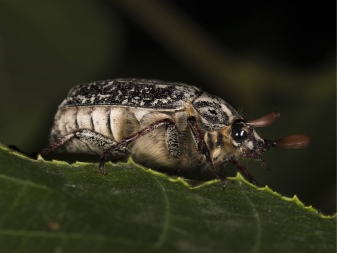
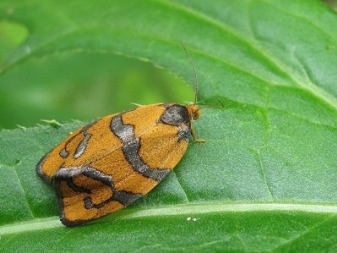
Treatment of diseases
Chlorosis
This disease often causes yellowing of grape foliage. The disease can be of a different nature. With iron deficiency or growing crops in hard carbonate soil with insufficient oxygen permeability, non-infectious chlorosis begins to develop. The foliage gradually loses its color brightness (first, the edges turn yellow, and then the entire leaf).
To keep the plant mass intact, you need to perform the following manipulations:
- regular spraying of branches with a solution containing iron sulfate;
- fertilization with iron vitriol;
- processing of sections with iron preparations;
- ensuring proper ventilation of the soil.
The appearance of yellow streaks indicates infectious chlorosis, which occurs as a result of infection on plants. It is almost impossible to get rid of the disease, so diseased shrubs are dug up and burned to preserve the vineyard. If you don't notice the problem in time, you can lose the entire plantation. Due to extreme weather conditions, as well as sudden changes in temperature, edaphic chlorosis develops.
Due to the stress that the plant is experiencing, the immune system weakens. The disease can be identified thanks to brown spots.
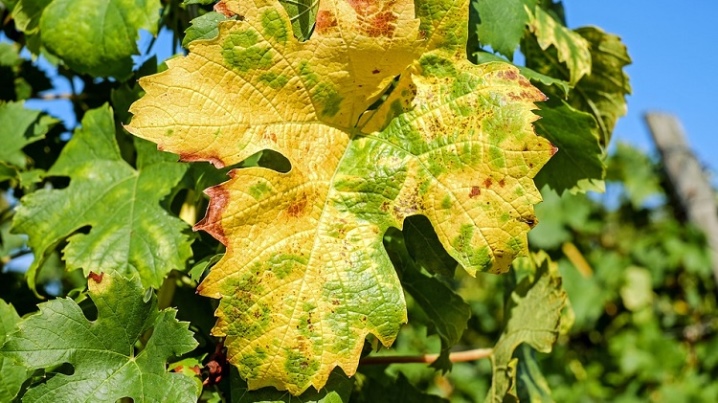
Fungus
Fungal infections can also cause yellow leaves. Symptoms of downy mildew (aka mildew) are white spots that eventually change color to black and make the leaf thinner. The infection affects not only leaves, but also flowers and fruits. To get rid of the fungus, folk remedies are used:
- shrubs are treated with a solution with the addition of iodine, manganese and soda;
- after the rain, the leaves are sprinkled with ash.
While the berries have not yet fully formed, you can use ready-made chemical compositions that can be bought at any gardening store. Wilt strikes the root system. As a result, the plant does not receive sufficient nutrition and deformation begins. If this ailment is found, it is necessary to remove diseased shoots and get rid of them. If the fungus is not noticed in time, the plant will die in 2 seasons.Powdery mildew (powdery mildew) affects the aerial part of the plant. First, a white bloom appears on the leaves, and then the color of the foliage changes from green to yellow. As a result, the foliage dries up. Sick shrubs process the season. This procedure should be performed in warm weather, so that the air temperature is at least 20 degrees. Processing is carried out in the morning.
You can cope with Alternaria with the help of ready-made chemical compositions ("Skor", Bordeaux mixture, "Rapid Gold", "Quadris") or folk recipes (milk, manganese-based solution, soda and other options). This infection is often referred to as hot climate disease. Determine the fungus by brown spots.
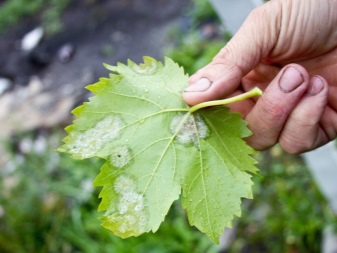
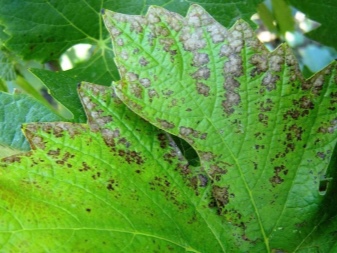
Other causes of yellowing
The distance between shrubs and rows should be between 3 and 3.5 meters. So the plants will receive enough light, and the roots will not interfere with each other. If the planting is denser, the grapes will not ventilate properly and will start to feel uncomfortable. Closely planted shrubs are often infected with cercosporosis, which is fought with fungicides. Severe frosts also harm the grapes, so many varieties are grown indoors.
Heat-loving plants need to provide special conditions:
- for the winter, the grapes are removed from the branches and covered with a layer of leaves or agrofibre;
- before frosts, shrubs are watered and fertilized;
- bonfires or smoke bombs are set up next to the vineyards.
Also, before choosing a variety, one should take into account its compliance with certain climatic conditions. For example, varieties for southern regions will not fare well in the north or other regions with cold winters.
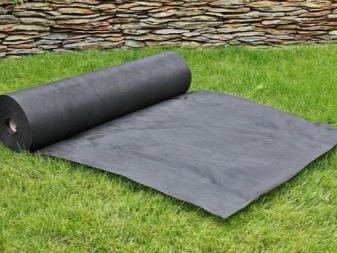
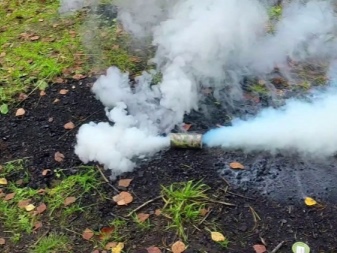
Prevention measures
To prevent deterioration of the plant condition, you need to do the following:
- soil mulching;
- regular feeding;
- adding peat and sand to the soil;
- drainage;
- digging;
- cleaning the territory from weeds and debris;
- digging the soil in the fall;
- treatment with prophylactic formulations;
- regular pruning, in the process of which they get rid of sick and deformed shoots.
Some grape varieties are demanding on growing conditions and require special care. There are also fruit crops with strong or weak immune systems.
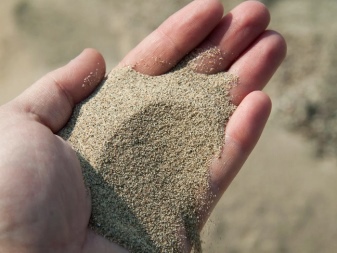
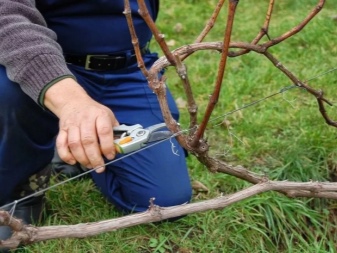













The comment was sent successfully.